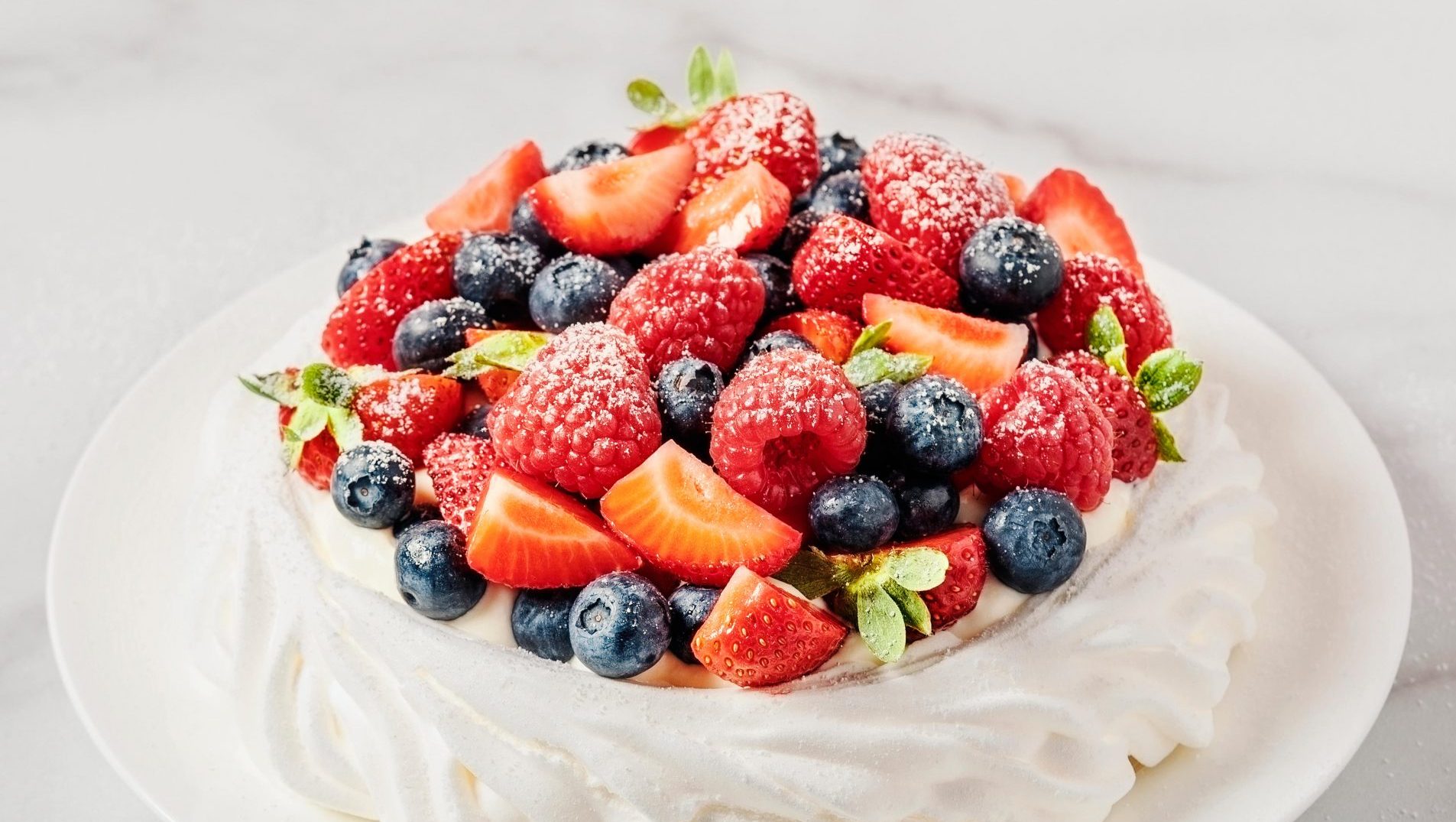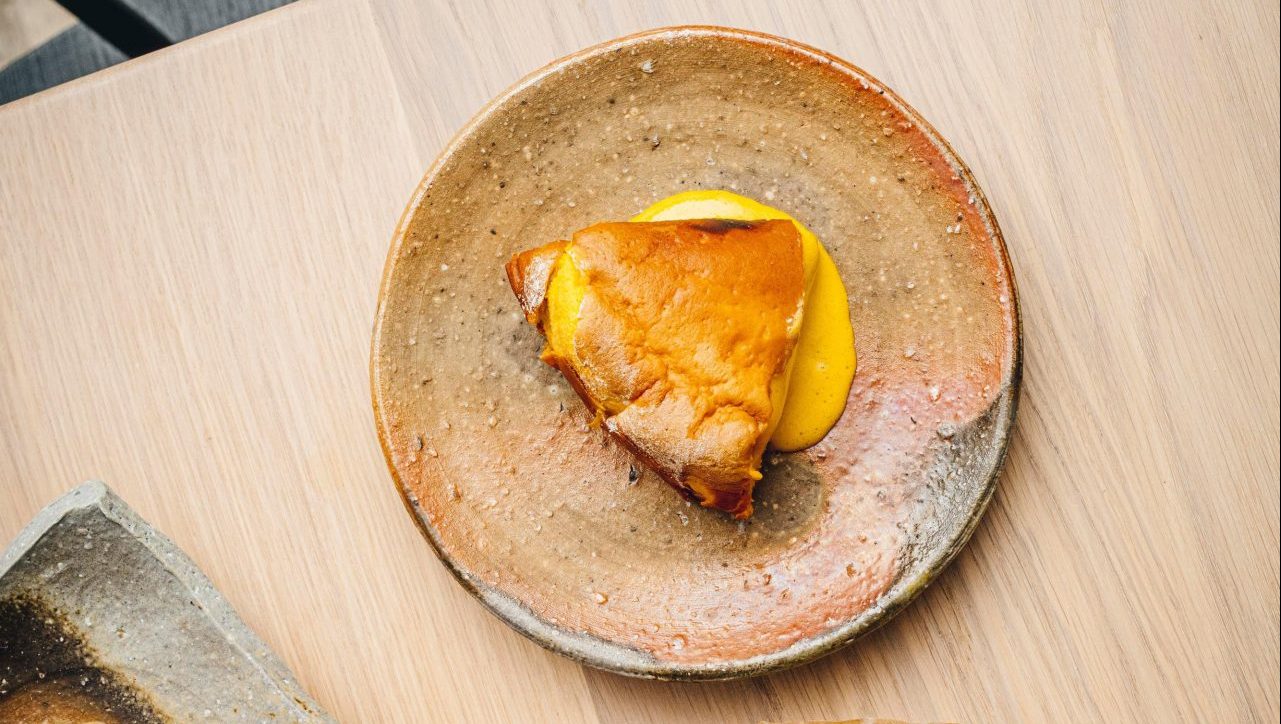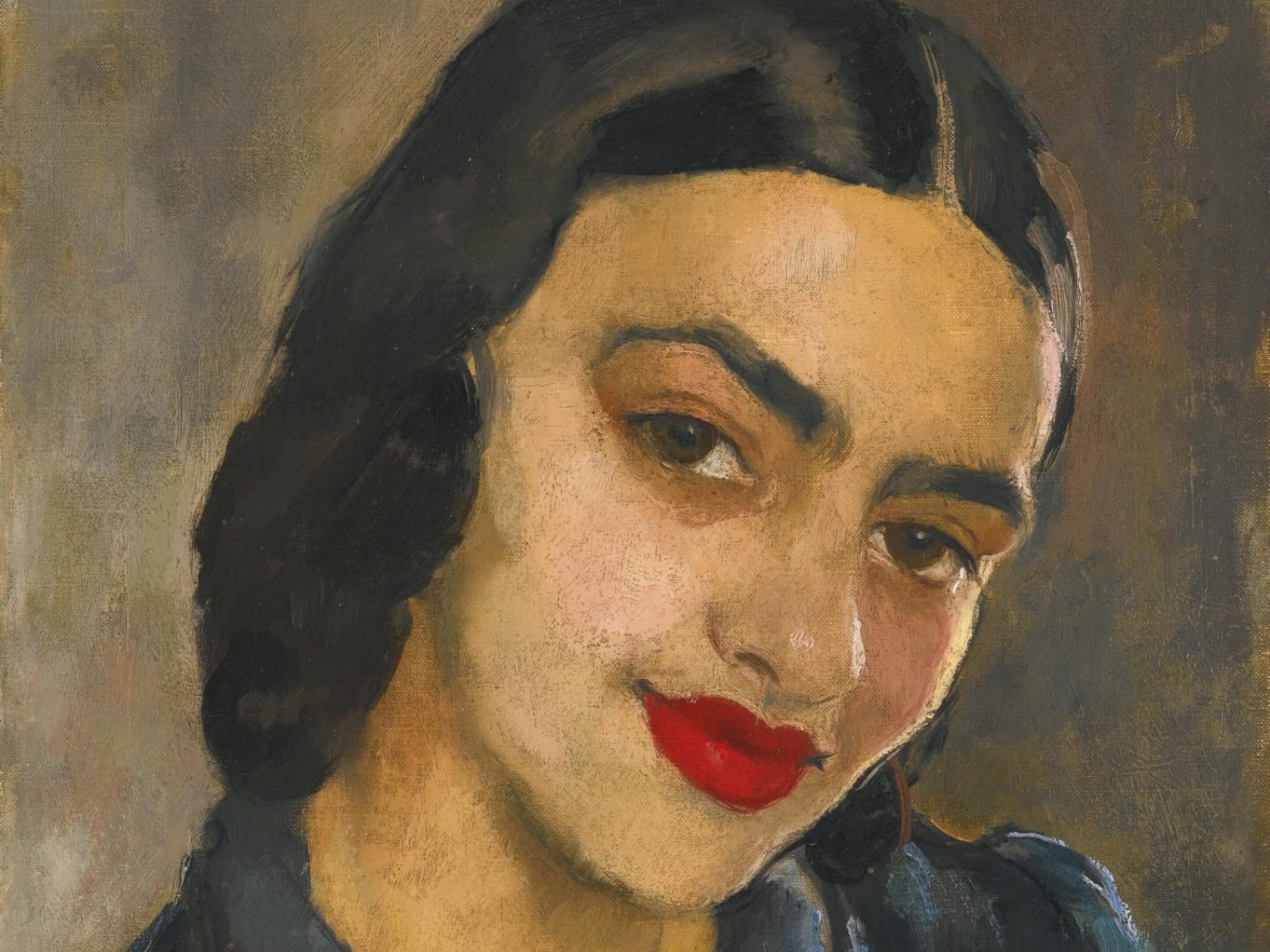Australians and New Zealanders disagree about the origins of the famous meringue-based dessert pavlova, both claiming it was first invented in their country. Many Aussies believe Perth was its birthplace, while some Kiwis argue for Auckland.
However, they agree that the dish was named in honour of the famous Russian ballerina Anna Pavlova.
Dedicating a dessert to a performing artiste had already had a Northern Hemisphere precedent: peach melba, made of peaches and raspberry sauce plus vanilla ice cream, was invented in London in the 1890s and named in honour of the famous Australian soprano Nellie Melba. Similarly, a chef in San Francisco created a savoury baked pasta dish and called it after the Italian opera star Luisa Tetrazzini following her American debut there.
Anna Pavlova was born in St Petersburg in 1881, but she lived in North London from 1912 until she died, aged only 49, in The Hague in 1931. She toured and danced in Australia and New Zealand during the 1920s, becoming well-known and much admired there.
The two nations do generally agree about how to pronounce the name of the dessert – with the stress on the second syllable, Pav-LO-va – unless, of course, they use the very common and typically Antipodean abbreviation pav.
But Pav-LO-va is not how Anna would have said her own name. She was a native Russian speaker, and the true Russian pronunciation of the surname Pavlova is PAV-la-va, with the emphasis on the first syllable, and with the vowels of the second and third syllables both being pronounced as uh.
The same problematical issue of where word-stress should occur in Slavic family names ending in –ova can found in the case of the great tennis star, Martina Navratilova. She speaks fluent English, but her native language is Czech, and so too, of course, is her name.
English speakers usually call her Mar-TEEN-a Na-vra-til-OV-a, with the emphasis on the penultimate syllable in each case. But this is not the way her name sounds as said with a Czech pronunciation. All Czech words have the stress on the first syllable, and names are no exception.
The pronunciation of Martina’s name with the correct Czech stress pattern is therefore MAR-tina NA-vrátilová. The acute accent on the letter á indicates that the vowel is long.
Our most usual pronunciation in this country of the family name of the Russian tennis player Maria Sharapova is also not authentic.
As pronounced by native Russian speakers, her surname has the stress is on the second syllable, Sha-RAP-a-va.
The female –ova suffix is found in many of the languages which are members of the Slavic linguistic family – the now little-used Polish form is spelt – owa – in each case marking a surname as being that of a woman or girl. Anna Pavlova’s father was called Matvey Pavlov. Martina takes her last name from her step-father, Miroslav Navrátil. And Maria’s father is Yuri Sharapov.
In the next column, we will take a look at recent interesting changes to the Czech law about this suffix.
Dessert
The French-origin word dessert originally meant “removal of the dishes”. It came from the verb desservir, literally “to dis-serve”. The reference was to un-serving, that which had been served – clearing the table. The meaning was then extended to refer to the type of food that was served after the table had been cleared.




